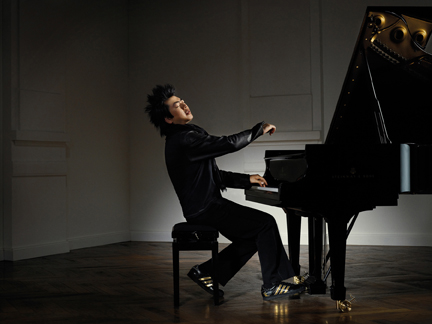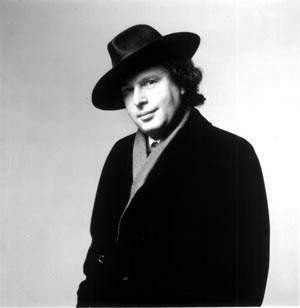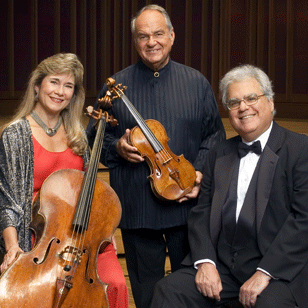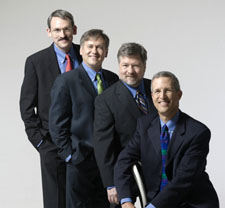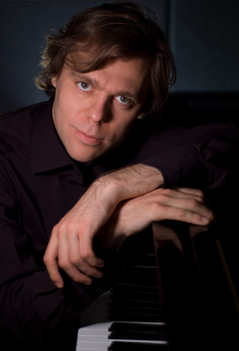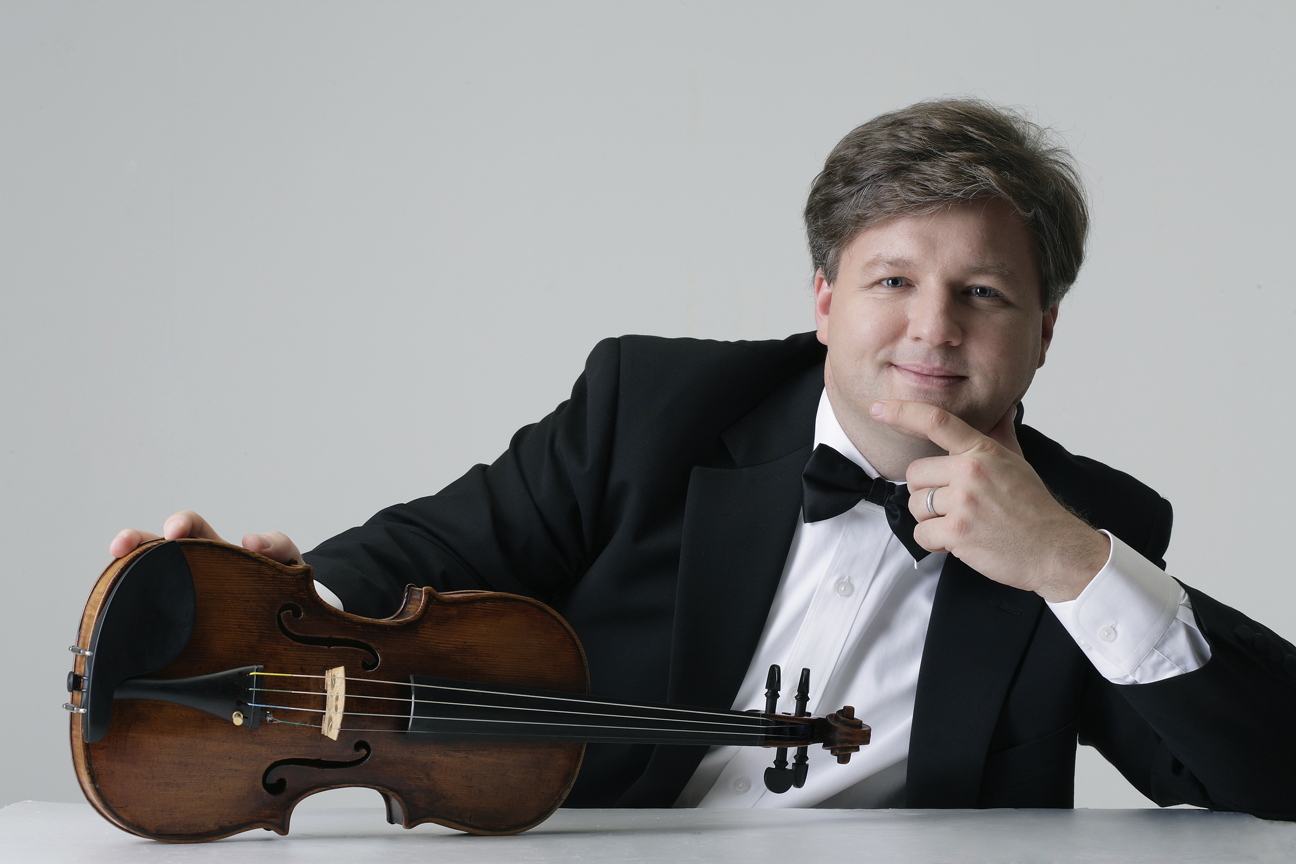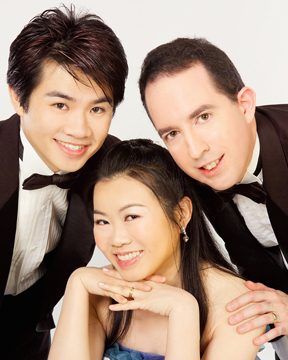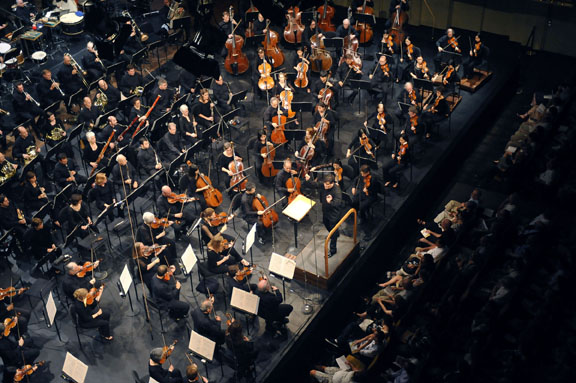Perhaps as a contribution to the ongoing diplomatic efforts at improving American-Russian relations, the New York Philharmonic’s Music Director Alan Gilbert chose an all-Tchaikovsky program for the Orchestra’s traditional New Year’s Eve concert. It featured a selection from three major genres of the composer’s work: the Polonaise from the opera “Eugene Onegin,” the second act of the ballet “The Nutcracker,” and the first Piano Concerto, with the brilliant, young Chinese pianist Lang Lang as soloist.
Seen on television, it was a wonderfully varied, exciting concert, a bonanza of beguiling melodies, exhilarating dances, exuberant orchestra playing, and superlative pianism. The musicians threw themselves into these repertory favorites with a freshness undimmed by familiarity. The Polonaise had a zestful swing; the “Nutcracker” dances were fascinating for their idiomatic, rhythmic and instrumental diversity. “Nutcracker,” the ballet, had been a ubiquitous presence throughout the Holidays, performed not only–as usual–at the State Theatre by the City Ballet, but also at the Brooklyn Academy by Ballet Theatre. Still, hearing that delightful music played by a great orchestra in full view on a concert stage instead of from a pit was grand.
The Tchaikovsky Concerto is one of Lang Lang’s signature pieces; he first performed it as a boy of 13. He himself feels that his interpretation has deepened his ability to listen to and interact with the orchestra grown more acute and spontaneous. At this performance, he certainly maintained a strong contact with the conductor and the orchestral soloists by looks, gestures, and, less visibly but no less perceptibly, by projecting and telegraphing his musical intentions. Indeed, his immersion in the music was so complete that one got the feeling he became one with it, letting it flow from his head and his heart to his fingertips. The most amazing aspect of his playing is not that he can generate incredible speeds without losing clarity, and huge volumes of sound without losing quality, but that all his excesses – physical, rhythmical, and emotional – are never a showman’s indulgences, but an expression of a genuine, spontaneous response to the music. True, his tempo changes are perhaps too frequent and too drastic, but he makes them sound totally natural. Of course, his liberties demand extraordinary cooperation and sensitivity from conductors and orchestras, but the musicians of the Philharmonic were right with him in fact and spirit. From her seat behind him, concertmistress Sheryl Staples watched him with obvious admiration, her face lighting up with a smile at every felicitous turn of phrase or change of expression. At the end, the ovations went on and on.
Lincoln Center’s live telecasts are its best gift to New Yorkers, especially since it’s housebound and infirm, and the Philharmonic broadcasts offer an extra bonus: the opportunity, denied regular concert goers, to get a frontal view of the conductor. Watching Alan Gilbert in action is a delight: swaying with the rhythm, his face wreathed in smiles, his enjoyment of the music and the gorgeous sounds produced by his players sheds a warm glow over both sides of the footlights.

